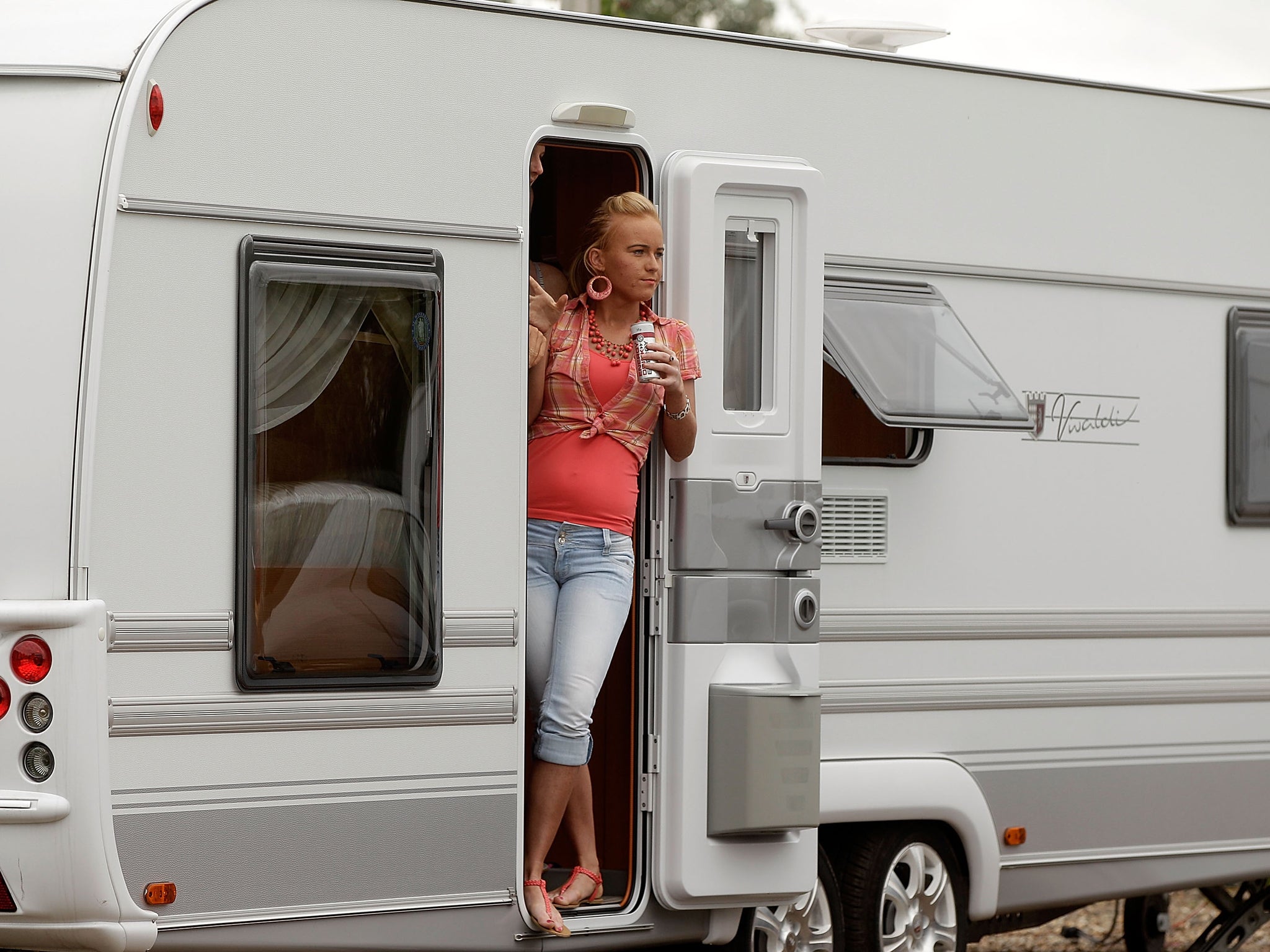Gypies and Irish Travellers are more likely to live in a house than a caravan, data shows

Your support helps us to tell the story
From reproductive rights to climate change to Big Tech, The Independent is on the ground when the story is developing. Whether it's investigating the financials of Elon Musk's pro-Trump PAC or producing our latest documentary, 'The A Word', which shines a light on the American women fighting for reproductive rights, we know how important it is to parse out the facts from the messaging.
At such a critical moment in US history, we need reporters on the ground. Your donation allows us to keep sending journalists to speak to both sides of the story.
The Independent is trusted by Americans across the entire political spectrum. And unlike many other quality news outlets, we choose not to lock Americans out of our reporting and analysis with paywalls. We believe quality journalism should be available to everyone, paid for by those who can afford it.
Your support makes all the difference.Gypsies and Irish Travellers are more likely to live in a house than a caravan, the first official data on the group shows.
More than 60 per cent said they lived in a house or bungalow, according to an analysis of the 2011 England and Wales Census. This was the first year the census included a tick box for those who identify themselves as Gypsy or Irish Traveller, rather than Roma.
The extent of social exclusion suffered by the group was illustrated in the data, with 60 per cent reporting no qualifications at all. This was the highest proportion of any ethnic group and almost three times higher than for England and Wales as a whole.
Gypsies and Irish travellers also had significantly worse health than the general population. They had the lowest proportion of any ethnic group rating their general health as ‘good’ or ‘very good’ - at 70 per cent compared to 81 per cent of the overall population.
They also were more than twice as likely to live in social housing than the overall population of England and Wales, with more than four in 10 using it, compared to 16 per cent generally.
Subscribe to Independent Premium to bookmark this article
Want to bookmark your favourite articles and stories to read or reference later? Start your Independent Premium subscription today.
Join our commenting forum
Join thought-provoking conversations, follow other Independent readers and see their replies
Comments